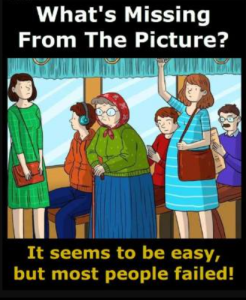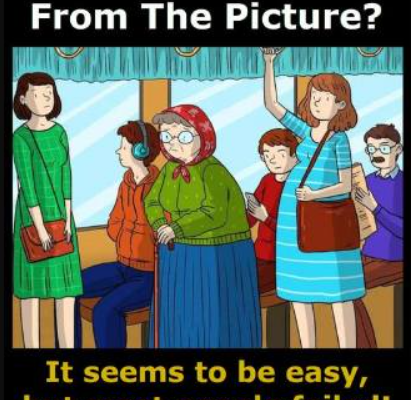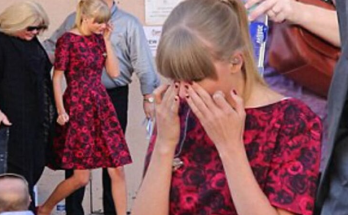“The Missing Thread”
The photo had been tucked inside a cracked leather wallet, folded twice and softened by time. It was discovered by Mara while sorting through her late grandmother’s belongings—a task she’d postponed for months, afraid of what grief might unearth. The image was simple: a family gathered on the porch of a weathered house, sunlight spilling across their faces like honey. Her grandmother, young and radiant, stood in the center, flanked by two children and a man with a crooked smile.
But something was wrong.
Mara stared at the photo for hours, unable to name the unease it stirred. The composition was perfect, the smiles genuine, the shadows falling just right. Yet the longer she looked, the more it felt like the photo was lying. Like it was hiding something. Not a person, not an object—but a presence. A thread that should have been woven into the scene but had been pulled out, leaving the rest to unravel quietly.
She flipped the photo over. No date. No names. Just a faint scent of lavender and tobacco, her grandmother’s signature blend.
That night, Mara dreamed of the porch. She stood in the same spot as her grandmother, surrounded by silence. The house was intact, but the people were missing. In their place were outlines—chalky silhouettes that shimmered and pulsed like memories trying to take shape. One figure, in particular, seemed to reach for her. Not with hands, but with longing.
When she woke, her heart was pounding. She returned to the photo, now convinced it was a puzzle. She scanned every detail: the way her grandmother’s hand curled slightly inward, as if holding something invisible. The way the man’s eyes didn’t quite meet the camera. The way the children leaned away from the center, as if making room.
For what?
She took the photo to a restoration expert, hoping for clues. The technician, an older woman with a sharp eye, examined it under magnification. “There’s no evidence of tampering,” she said. “But it’s strange. The light here—” she pointed to the center “—doesn’t behave naturally. It’s as if something was removed, but not physically. More like emotionally.”
Mara felt a chill. “Can a photo remember something that’s been forgotten?”
The woman smiled gently. “Photos don’t lie. But they don’t always tell the whole truth either.”
Back home, Mara dug through her grandmother’s journals. Most were mundane—recipes, weather notes, fragments of poetry. But one entry stood out:
“Today I stitched silence into the seams. Some truths are too heavy to wear. Let the photo carry it instead.”
It was dated the same year the photo was likely taken.
Mara’s breath caught. Her grandmother had been a seamstress, known for her delicate embroidery and symbolic flourishes. She often said that every stitch told a story, even if no one knew how to read it. Could the photo be one of her creations—not just a snapshot, but a tapestry of omission?
She returned to the image, this time tracing her grandmother’s dress. Near the hem, barely visible, was a tiny embroidered bow. Mara hadn’t noticed it before. It was the kind her grandmother used to sew into the lining of garments—“for protection,” she’d said. But this one was different. It was frayed, as if someone had tugged at it, unraveling the thread.
Suddenly, Mara remembered a story her grandmother used to tell. About a sister who vanished young. Not died—vanished. The family never spoke of her again. No photos, no records. Just a name whispered once: Lira.
Mara searched the archives. Nothing. No birth certificate, no school records. But in one census document, there was a scribbled-out line beneath her grandmother’s name. A second child. No details.
She stared at the photo again. The space between the children. The way her grandmother’s hand curled inward. The unnatural light.
Lira had been there.
Not physically, perhaps. But emotionally. Spiritually. Her absence had been stitched into the photo like a ghost thread—visible only to those who knew how to look. The family had erased her from the world, but not from the memory of that moment. The photo had preserved the gap, the ache, the silence.
Mara felt tears rise. Not just for Lira, but for the generations who had carried her absence like a hidden scar. Her grandmother had tried to protect the truth, not by speaking it, but by embedding it in the fabric of her life—in stitches, in shadows, in the missing thread of a photograph.
She scanned the photo one last time and whispered, “I see you.”
And for a moment, the light shifted. The shadows softened. The space between the children seemed to breathe.

